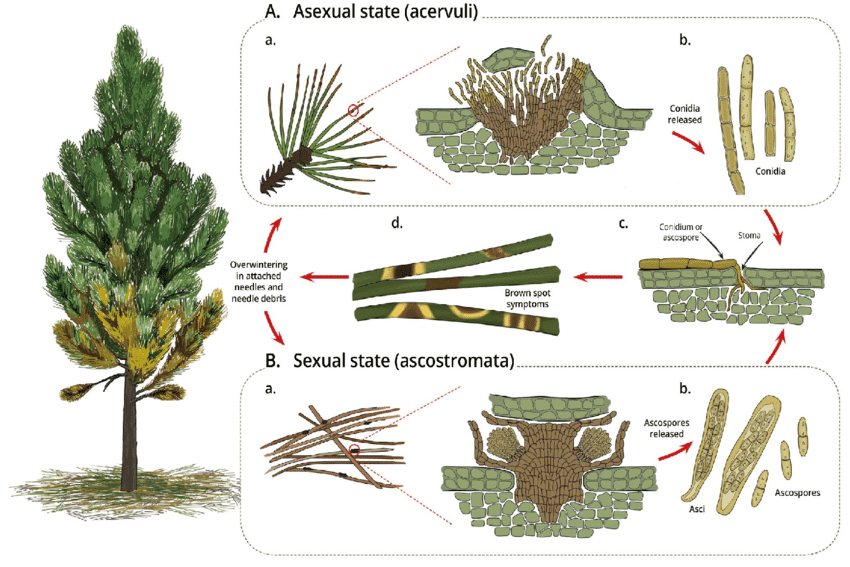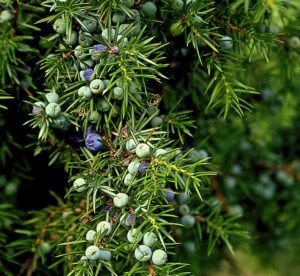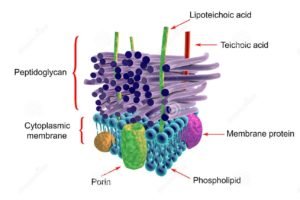Pinus is monoecious. The plant develops both male and female cones on the same plant .the cones are monospermous. Microsporangia and microspores are produced in the male cone .megasporangia, and megaspores are made in the female cone. There is no vegetative reproduction in pinus.

Male cone:
The male cones are much smaller. They are produced in clusters near the tip of the long shoots .the male cone is made in the spring. Each male cone has a central axis. It bears several spirally arranged microsporophylls or stamens.
A sac-like Microsporangia (pollen sacs) on the ventral side are present on Each microsporophyll. Each microsporangium produces a large number of microspores (pollen grains).
Each microspore (pollen grain) consists of an inner intine and an outer exine .it has balloon-like wings. The wings help in the dispersal of spores by the wind.
Development of microsporangium (stamen):
- Several hypodermal cells act as sporangial initials. The sporangial initials divide to form outer wall initials and the inner archesporial initials.
- The wall initials a divide to create a many-layered wall of the sporangial. The archesporial initial also increases the in number by the repeated division of the archesporium’s peripheral cell from the tapetum.
- Some of the archesporial cells are transformed into the microspore’s mother cells. The remaining archesporial cells tapetum layer provides nourishment to developing microspores’ mother cells.
- The microspore mother cells divide to form four microspore or pollen grains, the exine of spore form wings. The pollen grains divide into smaller and larger sections. Two small prothalial cells are again produced by the division of two smaller cells. The larger cell becomes an antheridial cell. Microspores are released by splitting the sporangium from the Microsporangia at this stage.
Female cone:
The axils of the scale leave produced the female cone. In the winter production of female cones is initiated. These become ready for pollination during the following spring.
Each young female cone has a central axis, It bears spirally arranged scales. Each scale is of two types. They are directly attached to the central axis with thin membranous.
They are called bract scales. Woody ovuliferous scales are present on the ventral surface of each bract scales. The broader end of the ovuliferous scale has a projection called the umbo. Each ovuliferous leaf bears two ovules. They are situated side buy-side on the upper side.
Ovule:
Mass of nucellar tissue is present in each ovule (megasporangium). They are surrounded by a single integument. The ovule is directed towards the central axis with the end of the micropylar.
A single megaspore mother cell is differentiated in the nucellus near the micropylar end. Four megaspores are produced by the meiosis of two mother megaspore cells.
Only the lowermost megaspore remains functional. The others disintegrate. Functional megaspores (embryo sac) increases in size. It occupies the central part of the nucellus. Pollination takes place at this stage.
Female prothallus or female gametophyte:
Prothallus cells are produced by the division of megaspore many times. Megaspore wall encloses the female prothallus; three different archegonia are made towards the micropylar end in the plant. Each archegonium develops from a single prothalial cell.



